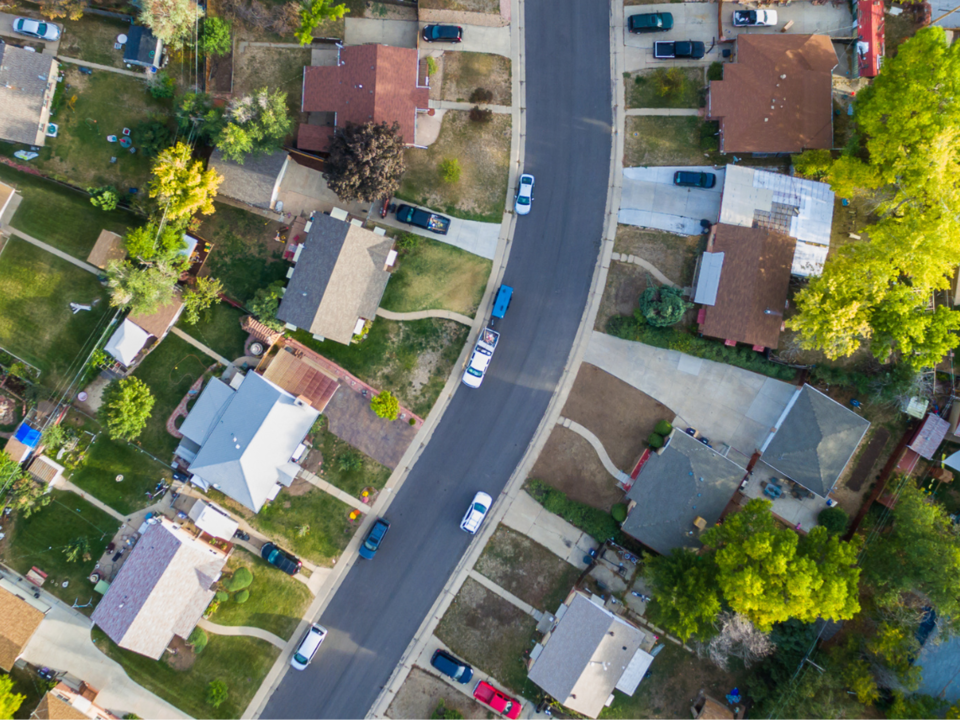National Neighborhood Equity Index

About the National Neighborhood Equity Index
Equity is just and fair inclusion. An equitable society is one in which all residents can participate and prosper. The goal of equity must be to create conditions that allow all people to reach their full potential.
The neighborhoods in which children live, grow, learn, and play matter. Even though parents and guardians have the greatest influence on children’s development, neighborhoods also play an important role. This is why understanding children’s local community conditions, particularly the challenges to equity, are important factors to consider when working to ensure children have the best start. Every neighborhood is geographically, demographically, and economically unique, some neighborhoods face far more challenges than others, especially those with higher populations of people of color and immigrants.
The National Neighborhood Equity Index (NNEI) is a visual representation of key challenges to equity that residents face in accessing opportunities to lead healthy, productive lives and is a tool to better understand the unnecessary and unfair differences across neighborhoods.
The National Neighborhood Equity Index (NNEI) was first developed by Dr. Charles Bruner and the Child and Family Policy Center as a composite measure of the community conditions in which children live. The index is comprised of 11 variables collected by the US Census American Community Survey that, when taken together, are predictive of child development outcomes. That is, in general, a high number of equity challenges present in a neighborhood on the NNEI is related to a high percentage of vulnerability on the EDI.
When used in combination with the EDI, the NNEI helps explain some of the factors contributing to children’s outcomes and can also identify neighborhoods where children are doing relatively well despite these challenges.